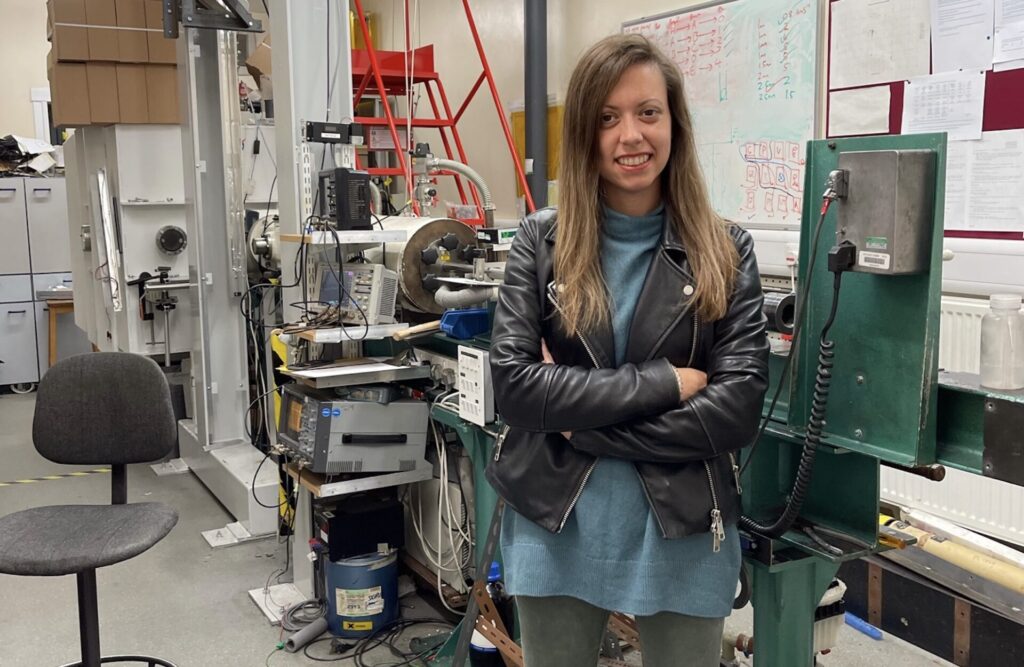We study the crater formation on very porous asteroid analogue materials, simulating the impact process on the boulders of small primitive carbonaceous asteroids.
In the light of results of recent studies using data from the OSIRIS-REx space mission (NASA) we now know that the porosity of Bennu’s boulders spans on a large range up to 50-60% and we believe that this is a common feature of these type of asteroids.

Additionally, we realised that during impacts the amount of ejected material, and thus the amount of produced regolith, is decreasing as the porosity of the boulders increases, resulting to an observed lack of regolith around the most porous boulders (Cambioni et al. Nature 2021). In this experimental campaign we follow up our previous work (Avdellidou et al., Icarus 2020) on the same analogues of much smaller porosity in order to compare the crater depths, diameters and understand the level of excavation and compaction during an impact event.

The materials used in this study were designed and prepared at the Exolith Lab of the University of Central Florida in the framework of the NASA funded CLASS project.
This experimental study is in the framework of the OSIRIS-REx sample return mission and is funded by CNES (French space agency).